Muslims are the largest minority community of India. The nature and quantum of their development deficit is difficult to assess given the concealment of data across socio-religious communities. Even the government appointed committees failed to have access to comprehensive religion specific data. Furthermore the available details on selected indicators at macro level are not provided at micro level. It is important to raise a question why are community-wise complete data, not made available to public or researchers despite comprehensive recording and large scale computerization? What is the rationale of making religion-wise macro level data (on selected indicators) public and keeping micro level data secret? It is beyond imagination. Policies formulated at macro level on the basis of macro level data can only result in ineffective programme planning and implementation. Such policies and programmes bereft of the micro realities only end up with an addition in the list of minorities’ specific programmes, most of them are tokenism, of the government. This is the chimera of development in India. Richness of Indian diversity and rampant regional disparities accentuated across socio-religious communities demands micro level field surveys and bottom up policy prescriptions to demystify and address the shades of Muslims’ exclusion. Non-availability of actual facts and figures across religious categories has become the cause for mythical construction and fermenting pernicious and malicious propaganda against Muslims. This volume articulates that it is a democratic and constitutional necessity to collect, collate and make available the developmental data across socio-religious communities at all the levels. It would be a step towards assuring that the fundamental right to life and liberty can become a reality for the citizens individually and collectively i.e., the composite category of citizens as Muslims or Christians or OBCs or Dalits. The volume aims at exploring the marginalization of Muslims and how it is exacerbated with myths, rumours and constructions of the Other. Having fully conscious of the complexity and subterranean nature of Muslim marginalization we are conscious of not coming up with prophecies and magic solutions salvaging Muslims. It has focused on Muslims of Uttar Pradesh. Inferences are drawn from the survey of three districts namely Ghaziabad, Meerut and Etah.
Muslims and Development Deficit Micro Realities in Uttar Pradesh
Add to favorites
Contents
$45.00
$50.00
In stock
Free & Quick Delivery Worldwide
All orders amounting to US$ 50 or more qualify for Free Delivery Worldwide. For orders less than US$ 50, we offer Standard Delivery at $14 per book.
ABOUT THE AUTHOR Abdul Waheed
Dr. Abdul Waheed is Director of Centre for Promotion of Educational and Cultural Advancement of Muslims of India (CEPECAMI), Aligarh Muslims University (AMU), Aligarh and reader, department of Sociology and Social Work, Aligarh Muslims university., Aligarh, has been teaching Sociology since 1989. he obtained Degrees of M.A. and M.Phil. in Sociology from Jawaharlal Nehru university, new Delhi and Ph.D. from ANU, Aligarh. He got Junior research fellowship of university Grants Commission of India. His areas of interests are: Sociology of Minorities and Indian Muslims. He has published articles on Dowry, Divorce and Economy among Indian Muslims. He has worked on Muslims Banjaras og Uttar Pradesh, the community which has not so far been studied by any social scientist.
ABOUT THE AUTHOR Mohd. Shahid
Dr. Mohd. Shahid (Born 1967) presently lecturer (Political Science) in G.S. (P.G.) Colleges, Sultanpur (U.P.), India. He has obtained his M.Phil and Ph.D. degrees in Political Science from Aligarh Muslim University, Aligarch (India). He is a prolific writer, frequently contributing articles, research papers etc. to various reputed professional journals, periodicals in issues relating to environment, human rights, international relations and international law. He participated in several national seminars/conference.
reviews
0 in total
Review by Anonymous
Be the first to review “Muslims and Development Deficit Micro Realities in Uttar Pradesh” Cancel reply
You must be logged in to post a review.
Bibliographic information
Title
Muslims and Development Deficit Micro Realities in Uttar Pradesh
Author
Edition
1st ed.
Publisher
Serials Publications, 2012
ISBN
9788183875080
Length
xi+215p., Table; 23cm.
Subjects
more by Abdul Waheed see more
Minority Education in India: Issues of Access, Equity and Inclusion
The claim of a country to ...
$42.30
$47.00
Muslim Artisans, Craftsmen and Traders: Issues in Entrepreneurship
Social scientists have paid ...
$27.00
$30.00
more by Mohd. Shahid see more
similar bookssee more
Society and Legislature: The Social Background of the Assam Legislative Assembly
The book "Society and ...
$60.30
$67.00

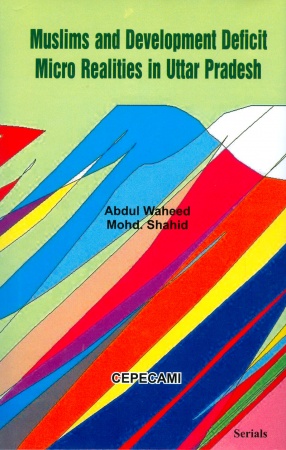
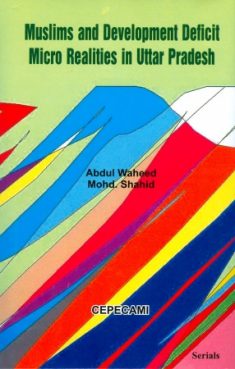
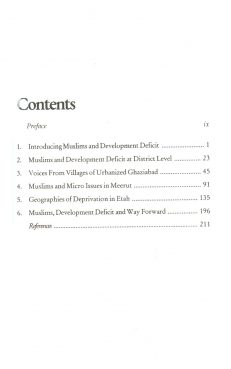
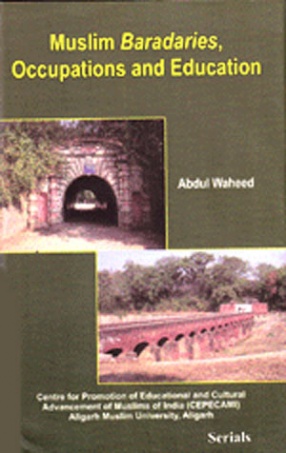
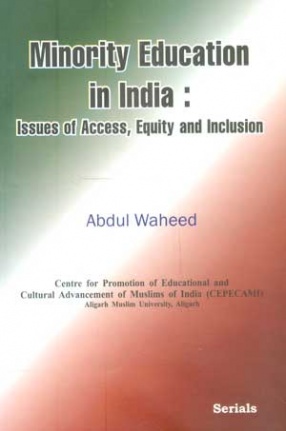
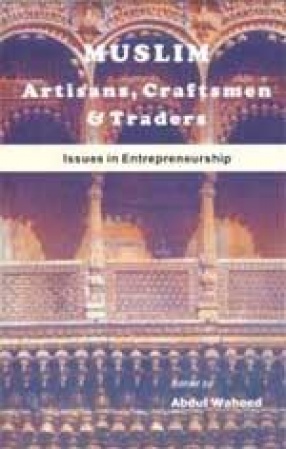
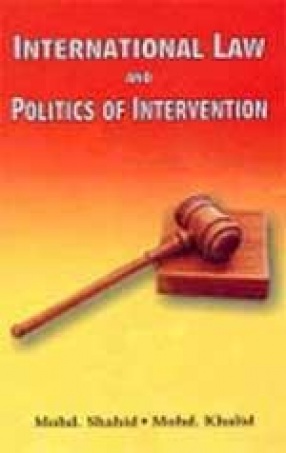

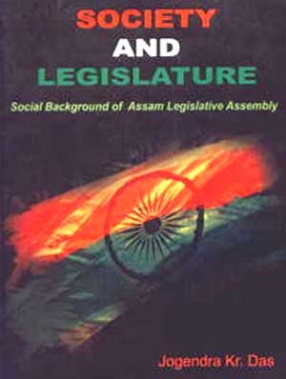

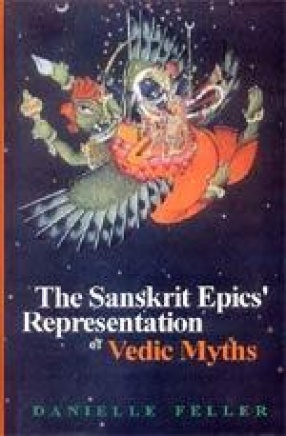
There are no reviews yet.